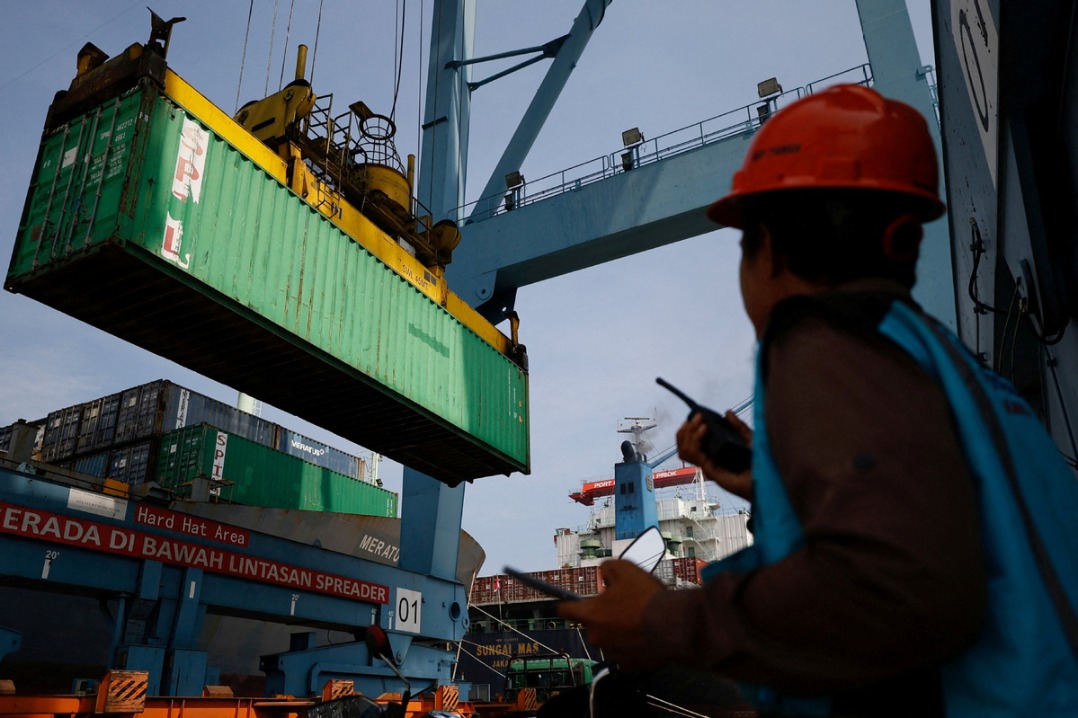China's local gov't debt worries excessive, experts say

BEIJING — Worries about China's local government debt risks are excessive as the country has a resolution as well as the capability to keep the debt level under control, experts said.
China still enjoys dynamic economic growth and has recently strengthened management of local government debt, which is mainly invested in productive assets, said Wang Dehua, researcher at the National Academy of Economic Strategy under the Chinese Academy of Social Sciences.
When compared with major economies such as Germany and Japan, China's local debt balance to GDP ratio was lower in 2015, even when taking into account the contingent debts which are likely to be converted into government liabilities, Wang said, citing data from the Organization for Economic Cooperation and Development (OECD).
"The data has fully demonstrated that the allegation of high risk in China's government debt is wholly groundless," Wang said.
China's local government debt soared during an investment and construction binge following the global financial crisis in 2008. Well aware of the risks, authorities have rolled out a string of measures to reduce the local debt burden.
According to data from the Ministry of Finance (MOF), by the end of 2016, the local government debt balance totaled 15.32 trillion yuan (about $2.3 trillion) while the central government debt balance reached 12.01 trillion yuan. The total government debt accounted for about 36.7 percent of the country's GDP, well below the warning level by international standards.
While the 15.32-trillion-yuan balance was lower than a 17.2-trillion-yuan cap set by central budget for 2016, it was still a 41-percent rise from the local government debt balance in 2013, as disclosed in an overall audit by the National Audit Office (NAO).
The jump in debt balance was relatively substantial, but that does not necessarily signal faster expansion in debt levels, Wang said.
Rather, it is partly a result of the debt-for-bond swap program, which has encouraged local governments to fully expose their debt risks, he said.
The program allows local governments to exchange higher-cost loans with lower-cost bonds, saving them interest costs while also giving lenders higher liquidity on their receivables.
According to data from the MOF, by the end of 2016, China had swapped 8.1 trillion yuan of debt under the program. In 2016 alone, the program saved local governments 400 billion yuan in interest by initial estimates.
While exposure of hidden debt could reduce risks, the fact that local governments do not have monetary sovereignty makes it harder for them to contain risks compared to the central government, making rigid budget constraints a necessity, said Zhao Quanhou, director of the financial research center at the Chinese Academy of Fiscal Sciences under the MOF.
China has put a ceiling on the amount of local government debt and tied the quota that each local government can receive with their financial strength, current debt risks, and management efficiencies.
Authorities are also ramping up efforts to correct irregularities in local debt issues such as financing through fake public-private partnerships and illegal borrowing through local government financing vehicles.
New items may be gradually added into the "negative list" of local government financing, said Qiao Baoyun, director of the Chinese government debt research center under the Central University of Finance and Economics.
According to Qiao, authorities have focused on the development of revenue bond products, such as bonds on land reserves and toll roads, a practice that will increase transparency of local government bonds and protect the legitimate interests of investors.
"The 'front door' is open for local government debt, while borrowing in violation of laws and rules through the 'back door' is being prohibited and punished," Qiao said.
Latest checks by the NAO have found that debt balances that local governments have committed to repay with public funds in selected provinces, cities and counties have climbed 87 percent compared to the level in mid-2013, but the overall risk is controllable.
"There is an old Chinese saying 'caution is the parent of safety.' Although initial local debt monitoring and prevention mechanisms have been established and the relatively rapid local debt growth in some regions is fully controllable, it is necessary to continue to pay attention to these problems," said Jiang Jianghua, head of the audit research institute under the NAO.
According to Zhao, to reduce the local debt burden, authorities should also break the confines of the current "jurisdiction-based responsibility" system, in which all the duty related to investment within the jurisdiction is the responsibility of its government.
"This will cause local governments to take on too much responsibility compared to their financial resources," said Zhao.
While how the duties should be divided can be analyzed on a case-by-case basis, investment and construction responsibilities of some projects designed to provide nationwide or international public services should be moved up, lowering the burden of local governments, Zhao said.
"The challenges to local government debt management in China are like growing pains. China has clear reform goals. It is believed that China can continue to identify, understand and solve problems in practice," said Qiao.





































